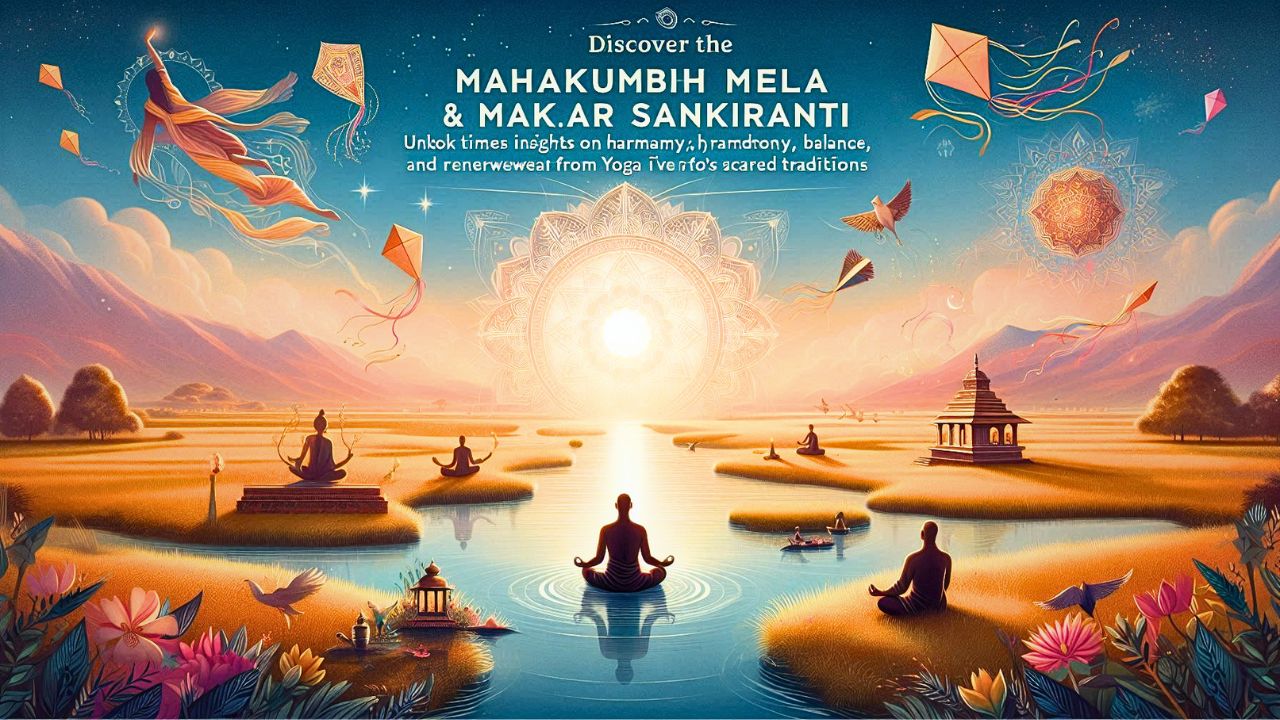Nature operates in cycles, reflecting the rhythmic dance of the cosmos. From the changing seasons to celestial alignments, these cycles deeply influence our physical, emotional, and spiritual states. Ancient yogic traditions emphasize living in harmony with these natural rhythms, and two significant Indian festivals—Mahakumbh Mela and Makar Sankranti—offer profound insights into aligning with nature’s flow.
Understanding Mahakumbh Mela: A Confluence of Faith and Nature
Mahakumbh Mela, one of the world’s largest spiritual gatherings, revolves around astronomical alignments and their connection to the sacred rivers. Occurring every 12 years, the festival symbolizes purification, renewal, and spiritual ascension. The timing of Mahakumbh is linked to the zodiac’s cycles, demonstrating the interplay between celestial bodies and human consciousness.
From a yogic perspective, Mahakumbh Mela emphasizes inner cleansing. Just as devotees take a dip in the holy rivers to wash away sins, yoga encourages practices like pranayama (breath control) and shatkarma (cleansing techniques) to detoxify the body and mind. This synergy with nature’s rhythms fosters a deeper connection with the universal life force.
Makar Sankranti: Welcoming New Beginnings
Makar Sankranti, celebrated as the sun transitions into Capricorn (Makara), marks the start of longer days and the harvest season. It’s a festival of gratitude, renewal, and balance. In yoga, this period symbolizes the alignment of surya (sun) energy with our inner vitality.
Practicing Surya Namaskar (Sun Salutations) during Makar Sankranti not only pays homage to the sun but also energizes the body and mind. The festival’s emphasis on til (sesame) and gur (jaggery) aligns with Ayurveda’s wisdom, supporting warmth and nourishment during the winter months.
One India, Many Celebrations: Makar Sankranti Across the Country
Makar Sankranti, a festival that marks the transition of the sun into Capricorn, is celebrated with immense zeal and joy across India. While it holds a shared significance across the country, it is celebrated in unique ways in different regions, making it a beautiful testament to India’s rich cultural diversity.
Here’s a glimpse of how Makar Sankranti is celebrated in various parts of India:
